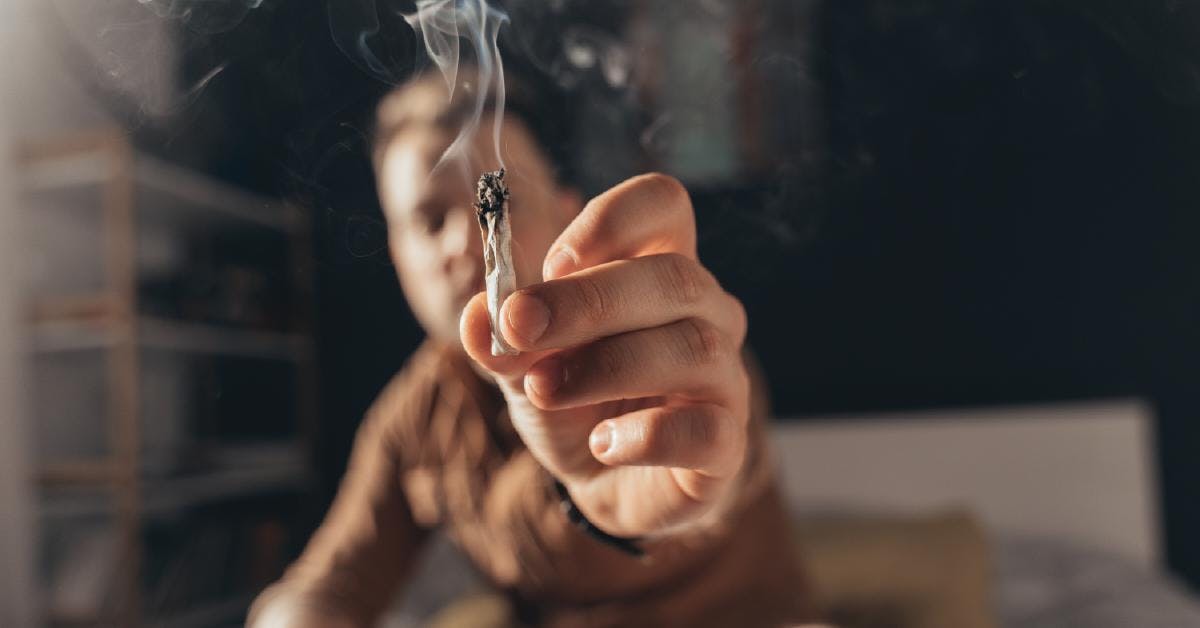Three Signs of a Substance Use Disorder
September is National Alcohol & Drug Addiction Recovery Month. Addiction is a serious issue in the United States, with over 25.6% of Americans aged 18 to 25 having a substance use disorder. Awareness is necessary to help those with addictions, but do you really know what entails addiction, or more formally, a “substance use disorder?” Keep reading to learn about what that means, what it does to people, and signs may indicate that a problem exists.
What’s a substance use disorder?
The National Institute on Drug Abuse defines a substance use disorder as “a treatable mental disorder that affects a person’s brain and behavior, leading to their inability to control their use of substances like legal or illegal drugs, alcohol, or medications.” In layman’s terms, it’s an addiction, most commonly to illicit drugs or alcohol. Substance use disorders generally come from frequent and prolonged substance use; often, these are used as a coping mechanism for hardships in a person’s life. (Remember drinking in college after your first girlfriend broke up with you? Yeah. We’ve all been there.)
Why is it dangerous?
It may be tempting to write off these addictions as no big deal, but remember the “D” in SUD? Disorder? That makes this condition much more like an illness than just a poor personal choice. Substance use disorders can be debilitating, worsening both physical and mental health. They particularly affect those with, and can worsen, mental health conditions such as anxiety disorders, depression, ADHD, and schizophrenia. Note that SUDs do not CAUSE these conditions, and these conditions don’t cause SUDs either; there just happens to be a common trend of comorbidity. More than anything else, people with SUDs need care and treatment to help them recover from this illness.
What are the signs?
So what signs can you look for to identify a potential substance use disorder and get the afflicted party the help they need? Let’s get into it.
Sign #1: Changes in Appearance
Picture this…
It’s Sunday night, and you’re at your best friend’s wedding reception. (Poor wedding planning much?) You have work in the morning, but since this is such a special event, you decide to let future-you deal with whatever happens tomorrow and spend the night dancing, drinking, and having a great time.
Fast forward to Monday morning. You slept through your alarm and woke up an hour late. You have twenty minutes to get to work. You panic! As quickly as possible, you drag a comb through your hair, throw on the first thing you can grab from your closet, and rush out the door. There would be a noticeable change in appearance from your average day-to-day attire to this haphazard post-wedding recovery effort, no? (Thanks for scheduling on a Sunday, Mike.)
The big picture
For people with substance use disorders, this hypothetical could be a DAILY struggle. Each night could be spent drinking or using illicit substances, only for the following morning to be a major struggle, getting ready sloppily and rolling into work looking like they got dressed in the dark. For this reason, a prolonged and noticeable shift in a person’s attire, grooming, and other physical features could indicate a potential substance use disorder.
Sign #2: Changes in Behavior
Picture this…
Back to our Sunday wedding hypothetical; that Monday morning, on top of not looking your best, you would also be exhausted from not getting enough rest the night before. This could even lead to you being grouchy, irritable, and snapping more easily than usual. Your overly friendly coworker Kevin, whom you usually can tolerate, comes over to you for a bit of a chat. Since you’re tired, you are simply not in the mood to hear about his kid’s volleyball game. You’re short with him, and he’s a bit caught off guard; that’s just not like you.
The big picture
Again, for those with substance use disorders, this could be a daily occurrence. They could constantly lack the rest and mental fortitude they need to get through the day, which could greatly affect their mood and people skills. A prolonged, significant shift in behavior – like someone going from extremely friendly to extremely reserved and short – could be another sign of a potential substance use disorder.
Sign #3: Changes in Work Performance
Picture this…
Another thing that elevated stress a lack of proper rest can cause? Poor work quality. Imagine how you would be feeling that Monday morning, on top of your less-than-stellar fashion and short temper. You’re tired, you have a headache, and you just can’t seem to focus on your work. You’re probably more prone to making mistakes or missing important details. It’s a recipe for disaster (and maybe a poor performance review from your boss).
The big picture
When you aren’t feeling your best, you aren’t working your best; and remember, addiction is a disorder. An illness. It can prevent those afflicted from sleeping properly or raise their stress levels to a point that it’s impossible to rest or relax. A significant drop in work quality could be another sign of a potential substance use disorder.
What can you do to help?
Substance use disorders are debilitating diseases that can significantly decrease the quality of life of those afflicted. While over 40 million Americans have been identified as needing addiction treatment, only about 1% of them actually receive it. Keep an eye out for significant changes in a person’s appearance, behavior, and performance, such as in the examples above, and express your concern if you notice any of them in a coworker or loved one. It may be awkward, but it could also be instrumental to improving their well-being and ushering them onto the road to recovery.





